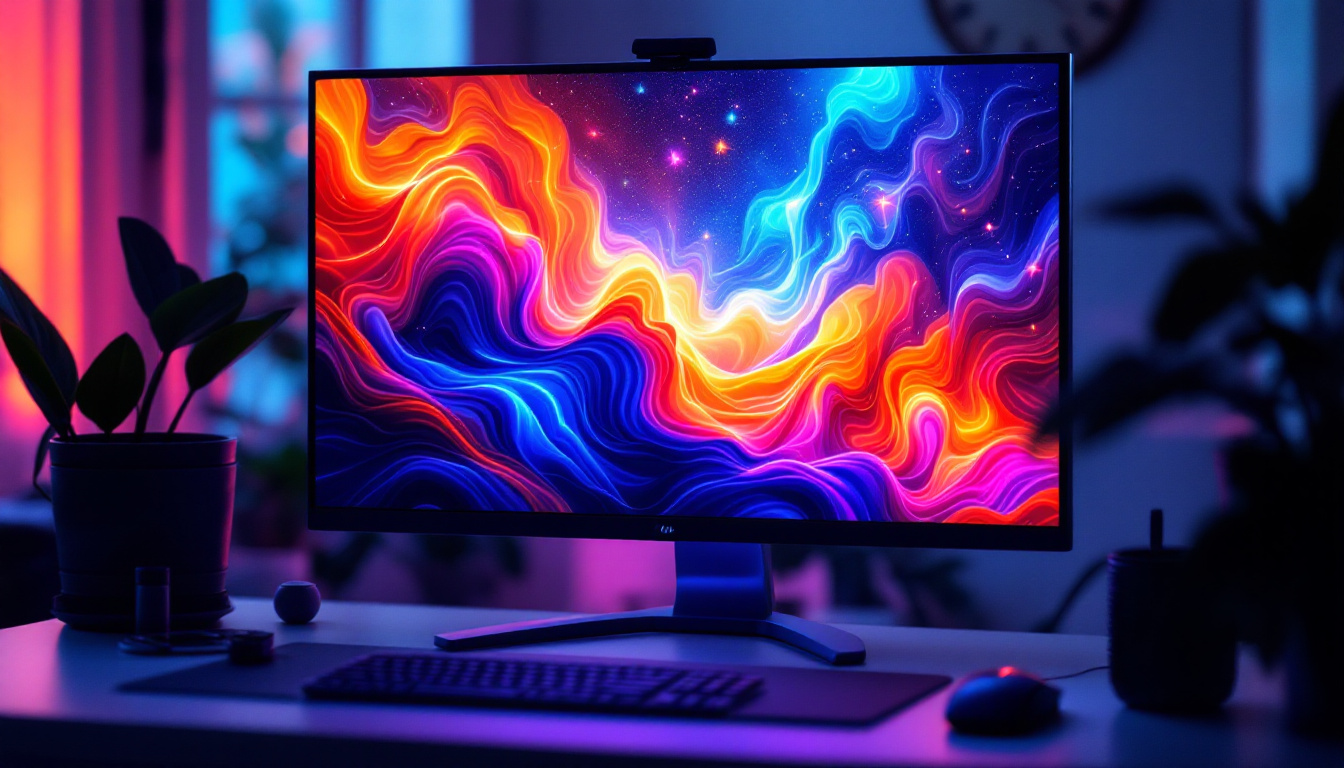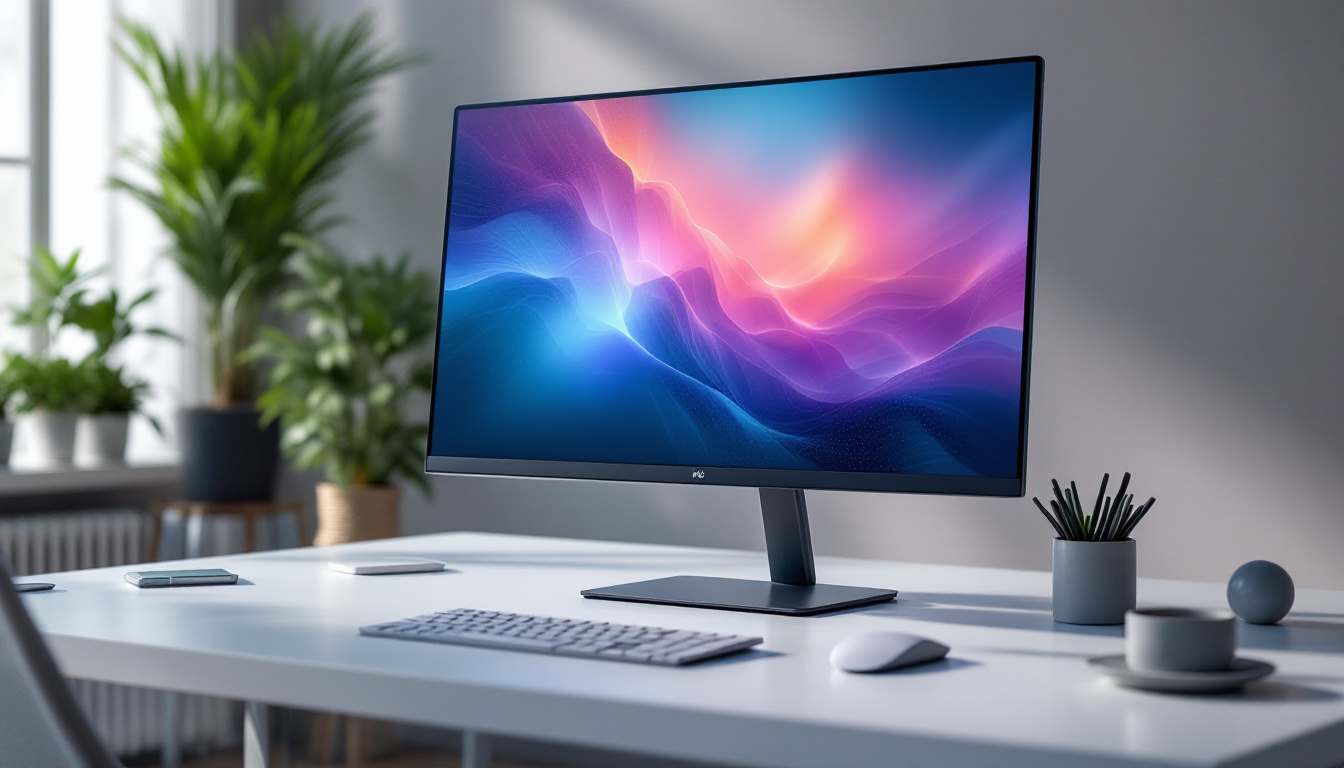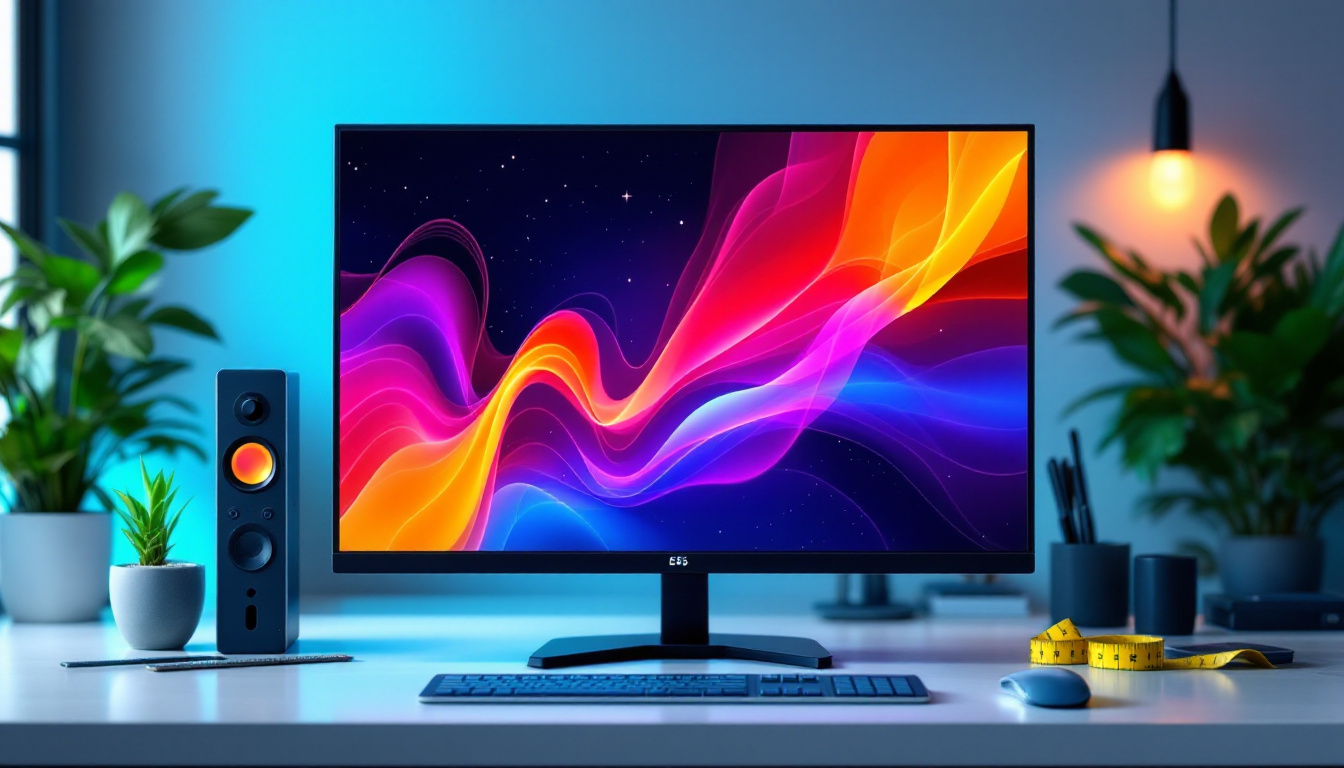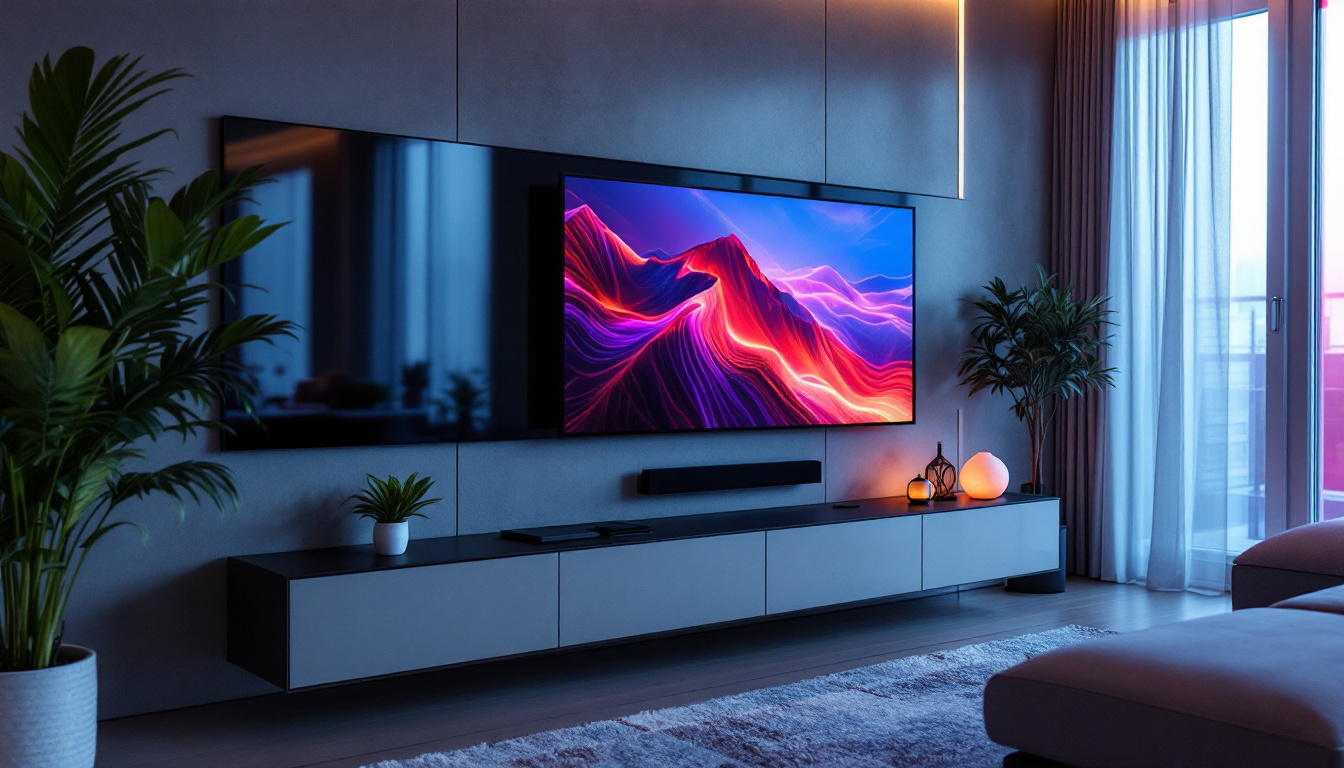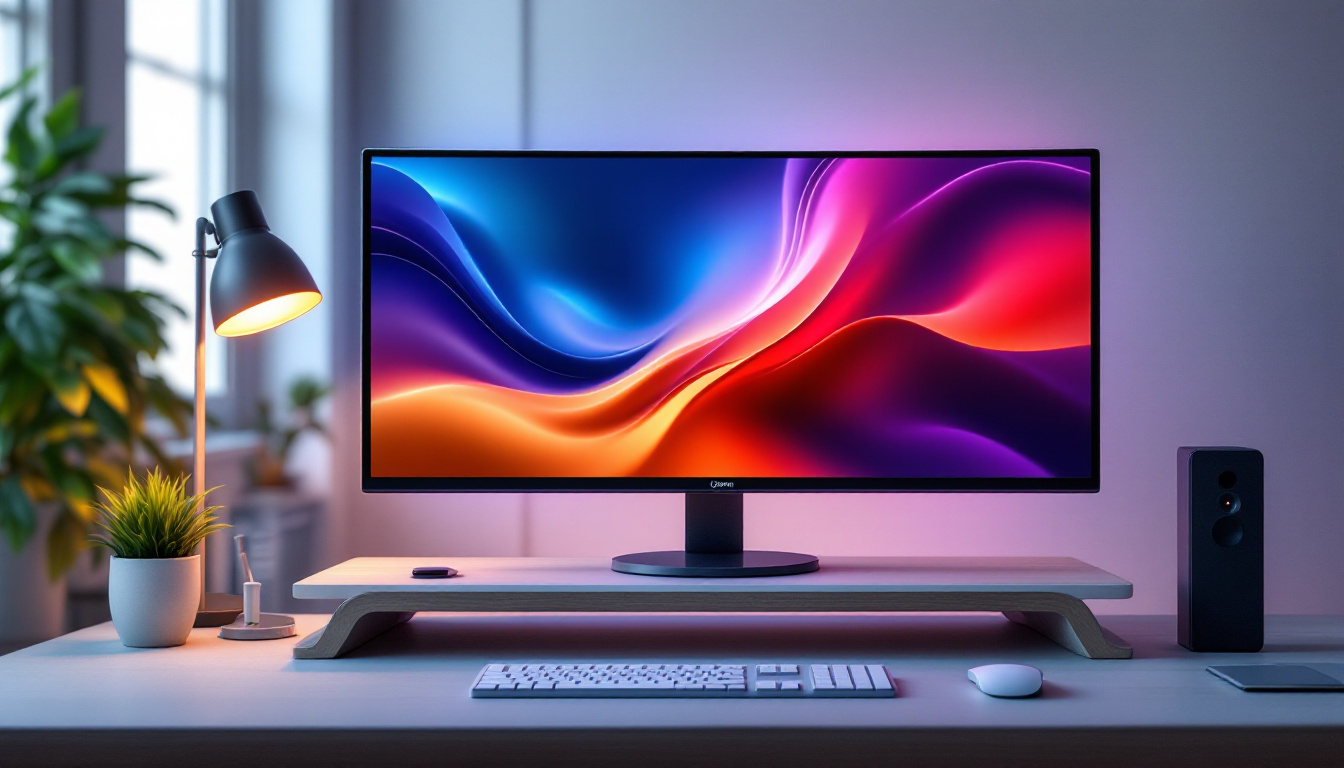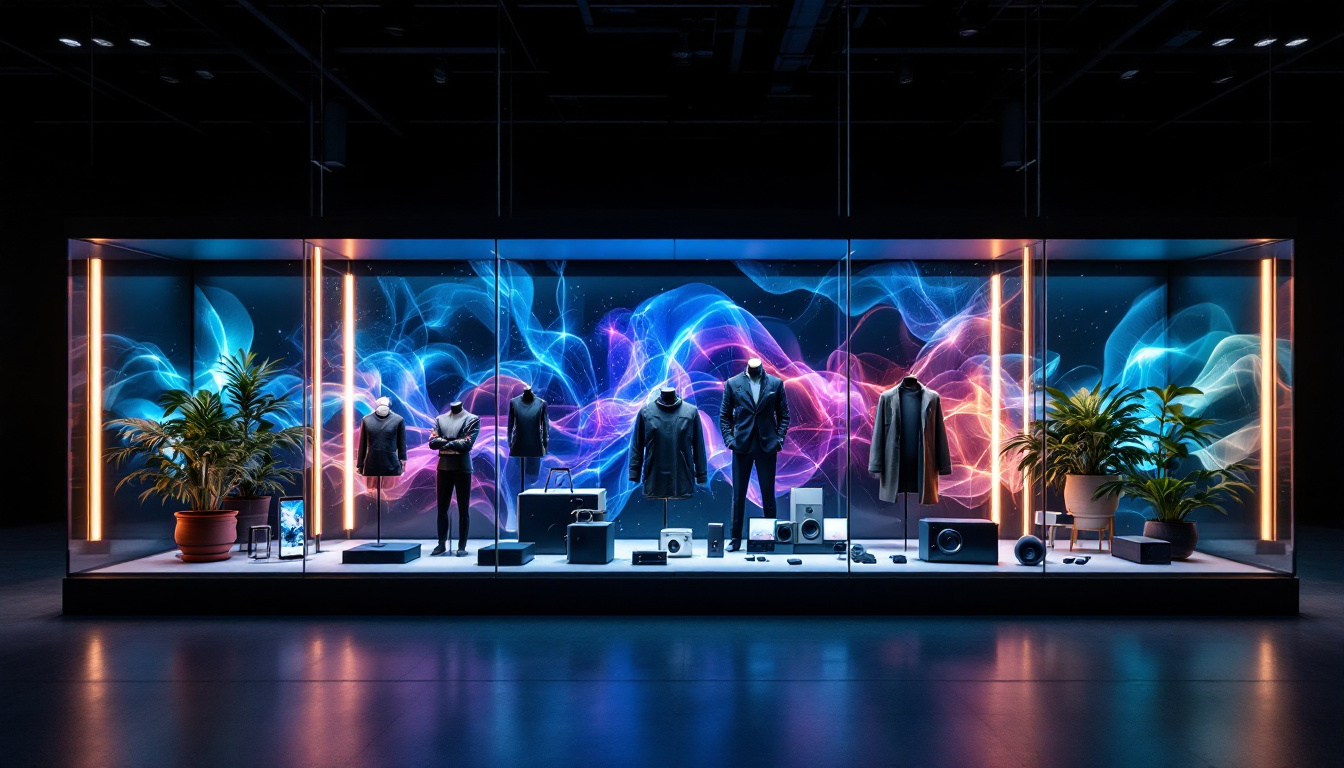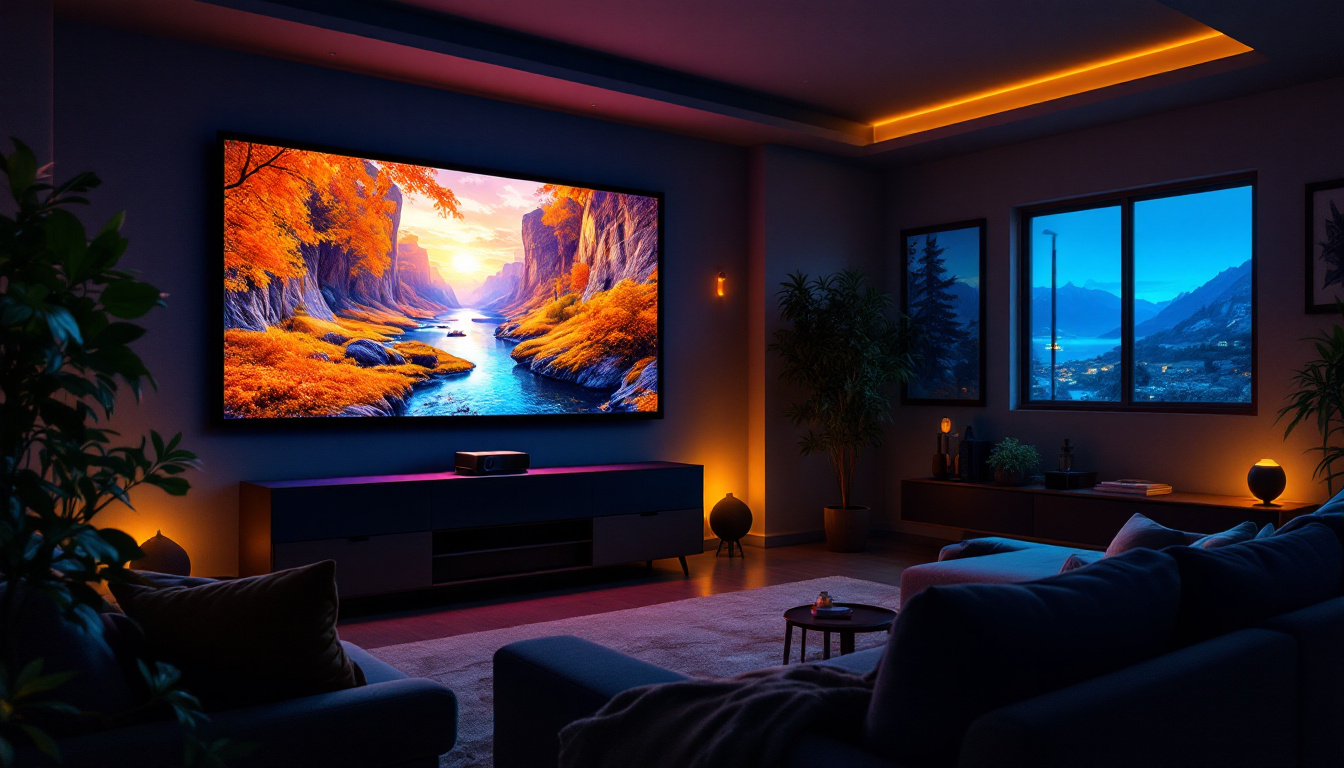The manual planer is a versatile tool that has become a staple in woodworking and carpentry. With advancements in technology, many modern manual planers now feature LED displays, which enhance usability and precision. This article delves into the functionality and benefits of LED displays in manual planers, helping users understand how to make the most of this feature.
Understanding Manual Planers
A manual planer is primarily used to smooth and shape wood surfaces, ensuring a flat and even finish. The tool operates by removing thin layers of material from the wood, allowing for precise adjustments in thickness and surface quality. While traditional manual planers relied heavily on physical adjustments, the integration of LED displays has revolutionized how users interact with these tools. This modern enhancement not only improves accuracy but also allows users to work with greater confidence, knowing that they can monitor their settings at a glance.
Types of Manual Planers
Manual planers come in various types, each designed for specific tasks. Handheld models are popular for smaller projects, providing portability and ease of use. These compact tools are ideal for quick touch-ups and minor adjustments, making them a favorite among hobbyists and DIY enthusiasts. On the other hand, stationary planers are better suited for larger pieces of wood, offering greater stability and power. These machines can handle more substantial workloads, making them essential for professional woodworkers. Regardless of the type, the inclusion of an LED display can enhance the user experience significantly, allowing for precise monitoring of depth settings and ensuring consistent results across multiple pieces.
Basic Components of a Manual Planer
Understanding the basic components of a manual planer is essential for efficient use. Key parts include the cutter head, depth adjustment mechanism, and the base plate. The cutter head houses the blades that remove material, while the depth adjustment allows users to set the desired thickness. The addition of an LED display provides real-time feedback on the settings, making it easier to achieve the desired results. Furthermore, many modern manual planers also feature ergonomic handles designed for comfort during prolonged use. This thoughtful design reduces fatigue, allowing users to work longer and with greater precision. Regular maintenance of these components, such as sharpening the blades and cleaning the base plate, is crucial to ensure optimal performance and longevity of the tool.
The Role of LED Displays in Manual Planers
LED displays in manual planers serve as a digital interface that provides crucial information to the user. This technology enhances the overall functionality of the tool, making it more intuitive and user-friendly. The following sections explore the specific advantages of having an LED display in a manual planer.
Real-Time Measurements
One of the primary benefits of an LED display is the ability to provide real-time measurements. Users can easily see the current thickness setting, allowing for precise adjustments without the need for additional measuring tools. This feature is particularly beneficial when working on projects that require consistent thickness across multiple pieces of wood. For instance, when crafting furniture or cabinetry, maintaining uniformity in thickness is essential for both aesthetic appeal and structural integrity. The LED display ensures that each pass is consistent, reducing the likelihood of having to make multiple adjustments and saving valuable time during the project.
Ease of Use
The LED display simplifies the operation of a manual planer, especially for beginners. With clear visual indicators, users can quickly understand how to adjust settings, reducing the learning curve associated with traditional planers. This ease of use encourages more people to take on woodworking projects, fostering creativity and skill development. Additionally, the intuitive design of these displays often includes color-coded indicators or graphical representations, which can further assist users in understanding the tool’s status at a glance. This thoughtful design caters not only to novices but also to experienced woodworkers who appreciate the convenience of quick adjustments during intricate tasks.
Enhanced Accuracy
Accuracy is paramount in woodworking, and the LED display contributes significantly to achieving precise results. By providing clear numerical readouts, users can make informed adjustments with confidence. This level of accuracy minimizes the risk of errors, ensuring that the final product meets the desired specifications. Furthermore, many modern LED displays are equipped with features such as memory settings that allow users to save frequently used thickness measurements. This capability is particularly advantageous for professional woodworkers who may need to replicate specific dimensions for multiple projects, streamlining the workflow and enhancing productivity.
Durability and Longevity
Another significant advantage of LED displays in manual planers is their durability and resistance to environmental factors. Unlike traditional analog gauges, LED screens are less susceptible to damage from dust, moisture, and physical impact, which are common in workshop settings. This resilience ensures that the display remains functional over time, providing reliable readings throughout the lifespan of the tool. Additionally, many manufacturers are now incorporating protective features such as shatter-resistant glass and sealed electronics, further enhancing the longevity of these displays. As a result, users can invest in a manual planer with confidence, knowing that the LED display will withstand the rigors of daily use while continuing to deliver accurate information.
Key Features of LED Displays in Manual Planers
LED displays in manual planers come equipped with various features that enhance their functionality. Understanding these features can help users maximize their tool’s potential. Below are some of the key attributes commonly found in LED displays.
Brightness and Visibility
One of the standout features of LED displays is their brightness and visibility. High-quality LED screens are designed to be easily readable, even in low-light conditions. This is particularly useful for woodworkers who may be working in dimly lit workshops or outdoor environments. The clarity of the display ensures that users can make adjustments without straining their eyes.
Multi-Functionality
Many LED displays offer multi-functional capabilities, allowing users to switch between different measurement modes. For instance, some models may allow users to toggle between metric and imperial units, accommodating a broader range of preferences. This flexibility is invaluable for professionals who work with diverse materials and specifications.
Battery Life and Power Management
LED displays are typically energy-efficient, contributing to longer battery life in cordless models. Users can expect extended operational time without frequent recharging, which is essential for completing larger projects. Additionally, some planers may feature power-saving modes that automatically adjust the display brightness based on ambient light, further enhancing battery efficiency.
Maintenance and Care for LED Displays
To ensure the longevity and functionality of LED displays in manual planers, proper maintenance is essential. Regular care not only extends the life of the display but also enhances the overall performance of the tool. Below are some tips for maintaining LED displays.
Cleaning the Display
Keeping the LED display clean is crucial for maintaining visibility. Dust and debris can accumulate on the screen, obstructing readings. Users should gently wipe the display with a soft, lint-free cloth to remove any buildup. Avoid using harsh chemicals or abrasive materials, as these can damage the screen.
Checking for Software Updates
Some modern manual planers with LED displays may offer software updates to improve functionality or fix bugs. Users should regularly check the manufacturer’s website for any available updates. Keeping the software current ensures that the display operates smoothly and efficiently, providing accurate readings.
Protecting Against Physical Damage
While LED displays are designed to be durable, they can still be susceptible to physical damage. Users should take care to store the planer in a safe location, away from heavy objects that could cause impact. Additionally, using a protective case during transport can help safeguard the display from scratches and other forms of damage.
Comparing LED Displays to Traditional Indicators
The evolution of manual planers has led to a significant shift from traditional indicators to LED displays. Understanding the differences between these two types of interfaces can help users appreciate the advantages of modern technology.
Accuracy and Precision
Traditional indicators, such as dials or analog gauges, can sometimes be challenging to read accurately. Users may misinterpret the readings, leading to inconsistencies in their work. In contrast, LED displays provide clear numerical values, minimizing the chances of error and enhancing precision in woodworking projects.
User Experience
The user experience with LED displays is generally more intuitive than with traditional indicators. Modern displays often feature user-friendly interfaces, complete with visual prompts and easy navigation. This contrasts with the sometimes cumbersome nature of analog systems, which can require more time to understand and operate effectively.
Technological Integration
LED displays can integrate with other technological features, such as Bluetooth connectivity and mobile apps. This allows users to track their projects digitally and make adjustments remotely. Traditional indicators lack this level of integration, limiting their functionality in a tech-driven environment.
Future Trends in Manual Planers
The woodworking industry continues to evolve, with advancements in technology shaping the tools available to craftsmen. As LED displays become more commonplace in manual planers, several trends are emerging that may influence future designs and functionalities.
Smart Technology Integration
One of the most significant trends is the integration of smart technology in manual planers. This could include features such as app connectivity, allowing users to monitor their planer’s performance and receive maintenance reminders. Such innovations would enhance the user experience and streamline workflow, making woodworking more efficient.
Enhanced User Interfaces
Future LED displays may incorporate touch-screen technology, providing users with an even more interactive experience. This could allow for more complex settings and adjustments to be made with simple gestures, further simplifying the operation of manual planers. Enhanced user interfaces would cater to both novice and experienced woodworkers alike.
Increased Customization Options
As manufacturers strive to meet the diverse needs of woodworkers, customization options for LED displays may become more prevalent. This could involve adjustable settings for brightness, color schemes, and even personalized user profiles. Such features would allow users to tailor their planers to their specific preferences, enhancing comfort and usability.
Conclusion
The integration of LED displays in manual planers marks a significant advancement in woodworking technology. By providing real-time measurements, enhancing usability, and improving accuracy, these displays have transformed how users interact with their tools. As the industry continues to evolve, the future of manual planers looks promising, with exciting innovations on the horizon. Understanding the benefits and features of LED displays empowers woodworkers to maximize their potential, leading to more successful and enjoyable projects.
Explore Cutting-Edge LED Display Technology with LumenMatrix
Embrace the future of woodworking and visual communication with LumenMatrix’s advanced LED display solutions. As a leader in LED technology, LumenMatrix offers an array of innovative products designed to elevate your craft and captivate your audience. From Indoor and Outdoor LED Wall Displays to specialized options like Vehicle and Sports Displays, our mission is to provide you with tools that ensure precision and clarity in every project. Enhance your woodworking experience and discover the perfect LED display to match your creative vision. Check out LumenMatrix LED Display Solutions today and transform the way you work and communicate.





